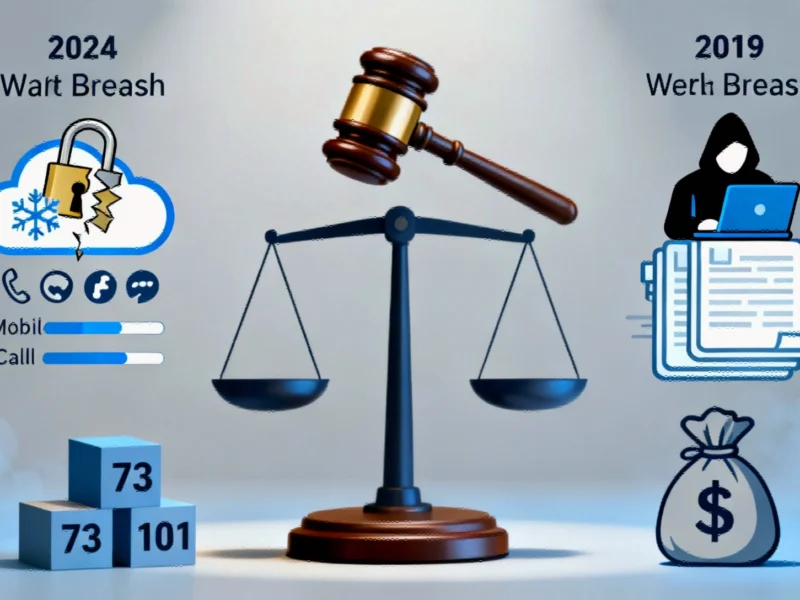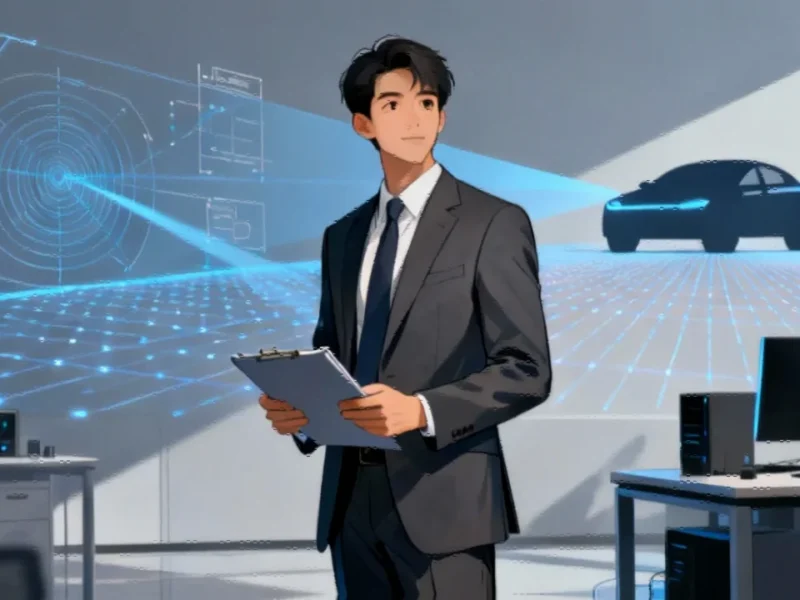The Making of a Healthcare Leader
Karen Lynch’s journey to becoming CEO of CVS Health wasn’t born in corporate boardrooms but at a hospital bedside in 1991. Watching her Aunt Millie battle cancer, the 28-year-old Lynch experienced firsthand the confusion and helplessness that millions face when navigating the complex healthcare system. “Everything was unfamiliar. It was confusing, it wasn’t logical,” Lynch recalls of those difficult days. This personal struggle with healthcare navigation would ultimately shape her career trajectory and leadership philosophy.
Transforming CVS from Retailer to Healthcare Destination
When Lynch took the helm as CEO in February 2021, she inherited a company in the midst of a fundamental transformation. CVS has been systematically shifting from a traditional retailer to a comprehensive healthcare provider, a transition accelerated by the pandemic. The company’s ambitious vision includes reimagining its nearly 10,000 locations as healthcare hubs where customers can manage chronic conditions rather than just pick up prescriptions.
This strategic pivot comes at a critical moment in healthcare innovation, as companies across the sector recognize the need for more accessible care models. The COVID-19 vaccination effort represents both an unprecedented challenge and opportunity to demonstrate this transformed capabilities to the American public.
The Vaccination Challenge: Scale and Complexity
CVS’s role in vaccinating America represents one of the largest logistical undertakings in modern healthcare history. The company has committed to administering 20-25 million vaccinations monthly when supply allows, representing nearly 30% of the entire retail pharmacy industry’s expected capacity. This massive operation requires sophisticated operational management and coordination across multiple stakeholders.
The initial rollout through Operation Warp Speed revealed both the capabilities and limitations of large-scale pharmacy-led vaccination efforts. CVS faced criticism for the pace of vaccinations in long-term care facilities, though company officials noted the unique challenges of vaccinating bed-bound patients and those with dementia. These early experiences highlight how industry developments in healthcare logistics continue to evolve under pressure.
Technology Infrastructure and Data Management
Behind the vaccination effort lies a sophisticated technology infrastructure that must handle scheduling, documentation, and reporting across thousands of locations. The lack of real-time data sharing during the initial rollout created visibility gaps for local health officials, underscoring the importance of integrated systems in public health responses. These challenges reflect broader market trends toward more connected healthcare ecosystems.
CVS has invested significantly in the digital tools needed to support its vaccination campaign, including online scheduling systems and electronic health record integration. This technological foundation will be crucial as the company expands its healthcare services beyond vaccinations to chronic disease management and preventive care.
Leadership Through Crisis and Beyond
Lynch’s appointment as CEO marks a significant milestone – she now leads the highest-ranked Fortune 500 company ever run by a woman. Her background in healthcare, combined with her personal experiences as a caregiver, informs her approach to leadership. The vaccination effort represents what she calls “a game of stamina,” requiring sustained focus and adaptation as conditions change.
Her leadership philosophy emphasizes resilience and preparation, qualities she developed through both personal challenges and professional experience. This approach aligns with emerging related innovations in crisis management and organizational leadership across multiple sectors.
Broader Implications for Healthcare Delivery
The CVS vaccination campaign has implications far beyond COVID-19. Success could accelerate the transformation of retail pharmacies into primary healthcare destinations, changing how Americans access routine medical services. As Lance Wilkes of Bernstein Research notes, “If you’re trying to change public perception, and the public felt comfortable going into that setting, COVID vaccination would be a significant step.”
This shift reflects evolving recent technology applications in healthcare settings and changing consumer expectations about convenience and accessibility. The integration of air quality management and other environmental considerations into healthcare spaces represents another area where industry developments are converging with public health priorities.
Security and Trust in Healthcare Systems
As healthcare becomes increasingly digital, maintaining security and patient trust becomes paramount. The scale of the vaccination effort requires handling sensitive personal and health information across multiple systems, highlighting the importance of robust cybersecurity measures. These concerns reflect wider market trends in data protection and privacy across all technology-dependent industries.
The Road Ahead
For Lynch and CVS, the vaccination campaign represents both an immediate challenge and a long-term opportunity. Success could cement the company’s position as a healthcare leader rather than just a retailer, while demonstrating the viability of distributed care models. The experience gained through this effort will likely influence how CVS and other healthcare providers approach future public health challenges and routine care delivery.
As Lynch stated simply but powerfully about her company’s readiness for this moment: “Put us in the game.” This confidence reflects both the preparation her team has undertaken and the personal conviction of a leader who understands what’s at stake from both professional and personal perspectives.
This article aggregates information from publicly available sources. All trademarks and copyrights belong to their respective owners.



